What is iOS 14’s New App Clips Feature?

Apple’s App Store is a heavily saturated marketplace, offering millions of apps at your fingertips. How do you decide which app to download next? Do you even have enough storage on your phone to download more apps? It’s safe to say it’s a competitive world out there, so anything new to leverage is a win for app developers and marketers. Especially when it follows the trend in making mobile actions convenient enough to compete with our everyday actions.
The launch of iOS 14 last month has brought with it some exciting changes. Introducing: App Clips, a way for developers to introduce users to their app away from the jungle of the App Store. Essentially, App Clips are ‘in-the-moment experiences’, a ‘lightweight’ version of an app offering only the best and most necessary features. Users find them in context and on demand, whether that’s in a particular location or for a specific function. The whole process should be streamlined and functional. Since they don’t stick around long after use, they have to pack a punch.
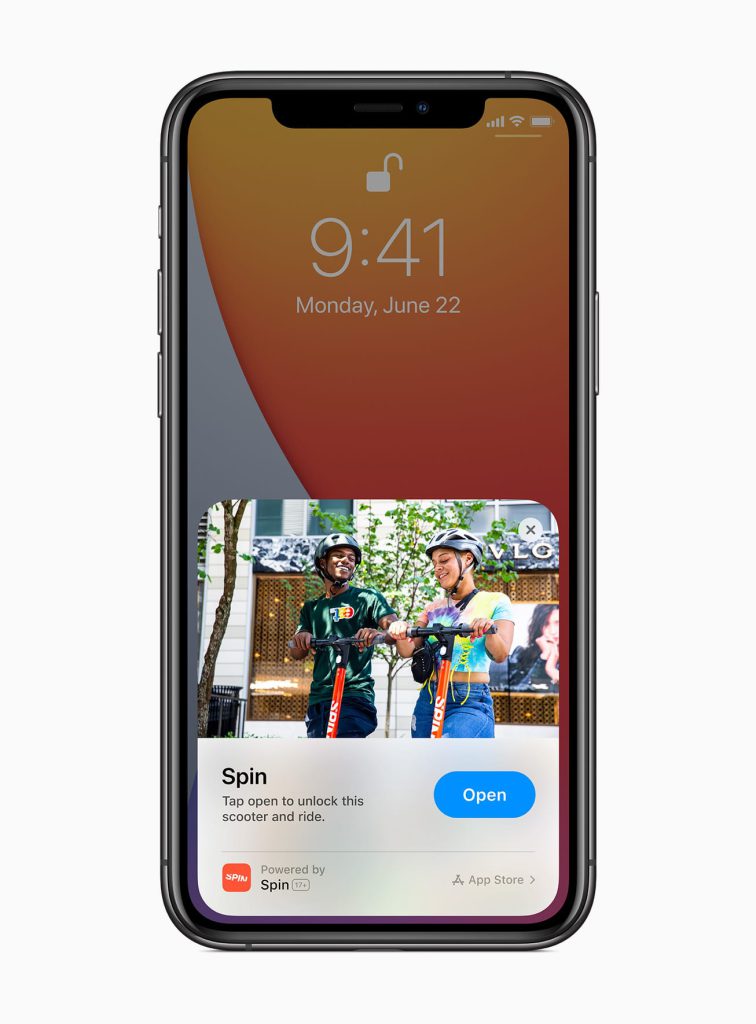
We’re often faced with a simple user experience on the web, so why should apps be any different? Yet the effort we have to put into installing an app can be off-putting and time consuming. Often we just need one feature once, or we want a trial before committing. App Clips remove the barrier (the download process) from the user experience to allow this. Since they’re designed to be ‘lightweight’ with a 10MB maximum size, they load almost instantly, and there shouldn’t be an onboarding process.
The Different Ways To Launch App Clips
App Clips are accessed via specific URLs which are embedded in various formats. To launch these URLs, you’ve got multiple options:
App Clip Codes: this is a new development that combines both NFC tags and a visual code, allowing users to either tap or scan to launch the App Clip. They’ll have a unique design so that you’ll be able to distinguish them from QR codes.
NFC Tags: forming part of the Internet of Things, these chips allow you to tap and be directed instantly to a specific location, in this case the App Clip in question.
QR Codes: these barcodes, that are readable through your phone’s camera, can be scanned and lead you directly to an App Clip.
Apple Maps: an App Clip icon will appear in Maps to offer you a relevant App Clip if the input location is a business with one on offer.
Smart Banners in Safari: ever noticed the banners advertising a website’s app version? This is the same thing, but for App Clips. This is a great option for when users are browsing a product page in Safari. The App Clip linked in the Smart Banner can lead them directly to the same product page.
Links: these can be sent via messages, e.g. when a friend wants to introduce you to a new app but you’d prefer to trial it before downloading.
What Scenarios Will An App Clip Work Best For?
App Clips will often have to compete with the convenience of in-person or web interactions. Whether that’s ordering food, paying for parking or booking a taxi ride, people are unlikely to use an App Clip unless it’s easier than the in-person or web alternative.
Cafes, restaurants and bars will be able to offer quick mobile ordering for customers to avoid the queue and pick up their goodies as soon as they arrive. In the current COVID climate of social distancing, the importance of this offering has grown significantly.
Imagine this scenario: you’re travelling out of town in a busy city and you need to grab a bite to eat. You don’t know what’s around, so you turn to Apple Maps for some help. It shows you there’s a Starbucks around the corner, but it’s lunchtime and you imagine there’ll be a big queue. That’s where App Clips come in to save the day. In a matter of minutes you can have the Starbucks App Clip downloaded and your coffee and cake ordered. No long waiting time for the full app to download, no onboarding process and no entering payment information necessary. Just a few taps and your food is ready for collection and paid for with Apple Pay.
In a similar vein, you could be in the queue at a bar and scan a QR code to make your order from an App Clip. Or, you could be sat at a table in a cafe and order from the App Clip that you’ve accessed via an NFC tag on the menu. You’ve ordered and paid in just a few clicks and there’s no big app taking up precious storage space on your phone.
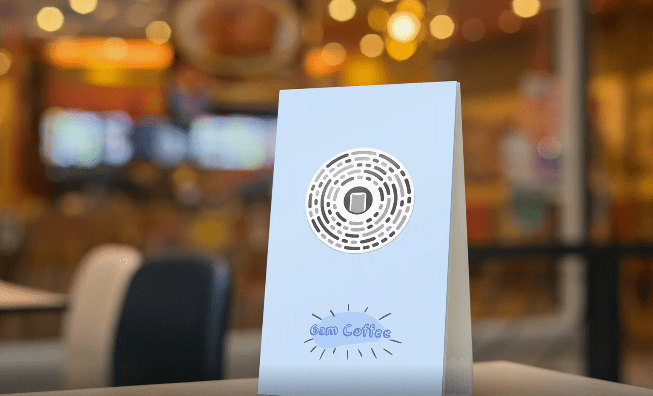
Aside from the hospitality industry, App Clips can also be used within the arts, entertainment and travel sectors (to name just a few). Think big exhibitions that could benefit from information being given about the art, or ride share apps like Uber or Lyft that could allow users without the app installed to order taxis in a heartbeat, or events venues that require e-tickets downloaded on your phone. The possibilities are seemingly endless.
Let’s imagine another scenario. In major cities around the world, scooter brands like Lime and Bird are taking over. But what if you need to get somewhere in ten minutes and you don’t have the app downloaded? It would be great if you could quickly download an App Clip, pay with Apple Pay and be on your way. Scooters could easily have NFC tags or QR codes attached to them that enable this – sometimes people just don’t have the time to download the main app and onboard fully.
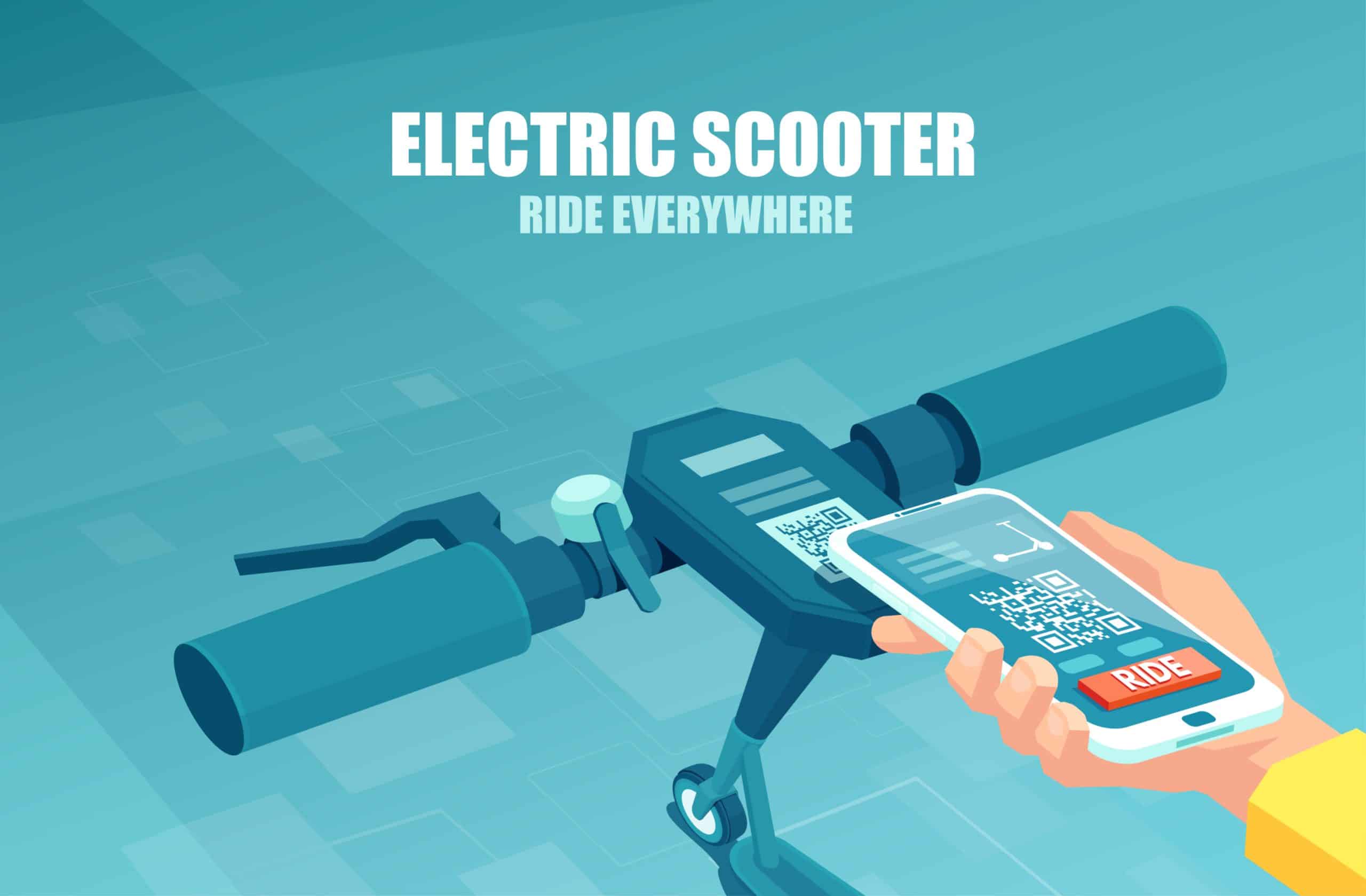
App Clips have the potential to become part of the fabric of our everyday lives and find their way into every industry. Although they’re not limited to on demand experiences, that’s where their use will most thrive and offer the biggest benefit to app developers and users. After all, if users like what they see or continuously use the App Clip, the next obvious step is to download the app itself. And that’s a big win from the developer’s perspective, while the user is also satisfied.
Are App Clips Private?
With App Clips, there’s no need to worry about your data privacy because they can’t access the sensitive data stored on your iPhone. Privacy issues can be a big deterrent for people downloading apps, especially from sources they don’t know whether or not to trust.
However, in the case of regular use of an App Clip, it can begin to store information such as your previous order for a more convenient user experience. What’s more, should you decide to download the full app while the App Clip is still on your phone, certain data can also be transferred over. This data includes your authorization settings and previous orders.
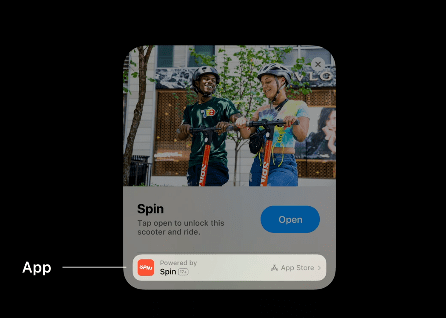
The App Clip card that displays upon launch shows the main app provider and links to the App Store page, should you wish to find out more about the publisher’s privacy policy regardless.
It’s also worth noting that if you attempt to access an App Clip and already have the full app installed, pressing “Open” will take you to the section of the app that the App Clip features so that you can fulfill the same intended purpose.
The App Clip Experience
There are multiple different App Clip Experiences that can be launched by an App Clip, and the one you access depends on the specific URL you clicked to get there. When you click on the URL, whether that’s from an App Clip Code, NFC tag or QR code, you’re shown a graphic that correlates with the App Clip Experience that indicates what’s to come.
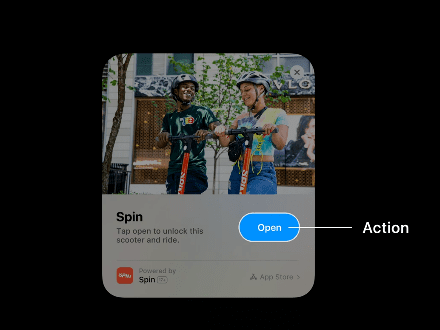
The URLs within QR codes, NFC tags and App Clip Codes can be created with different identifiers so that a user can be taken to these relevant Experiences. For example, one App Clip Experience could take you straight to the search result for a specific product, whereas another Experience could put a specific product straight in your basket. Both can be part of the same App Clip. You’ll know where you’re headed thanks to the unique graphics for each Experience.
This can also work for businesses with different locations. Each location can have a different tag so that you’re automatically directed to the page for the location you’re at. Let’s say you’re at a chain restaurant. Do you really want to be sifting through a list of locations to find the relevant menu when your phone is smart enough to know where you are and do it for you?
Key Takeaways
With App Clips, Apple intends to make the use of apps more convenient and beneficial for both sides of the spectrum: for app developers and users. While developers can make their offerings more accessible and targeted within context, users get to reap the benefits of a more streamlined experience that takes less time to achieve the desired results.
There’s countless opportunities to get creative with the implementation of App Clips, and the more creative businesses get the more we will begin to see them crop up in our daily lives. It could be browsing a menu and ordering food to your table, or it could be shopping for a product at an online store where you’d prefer to use Apple Pay for the purchase, and all the possibilities in between. Since iOS 14 is so new and the development of App Clip Codes is still underway, we aren’t yet able to know the full extent of creativity that App Clips offer or the full effect on how we use our iPhones. What we do know is that it’s definitely an exciting progression to keep our eyes on, and you should too!






